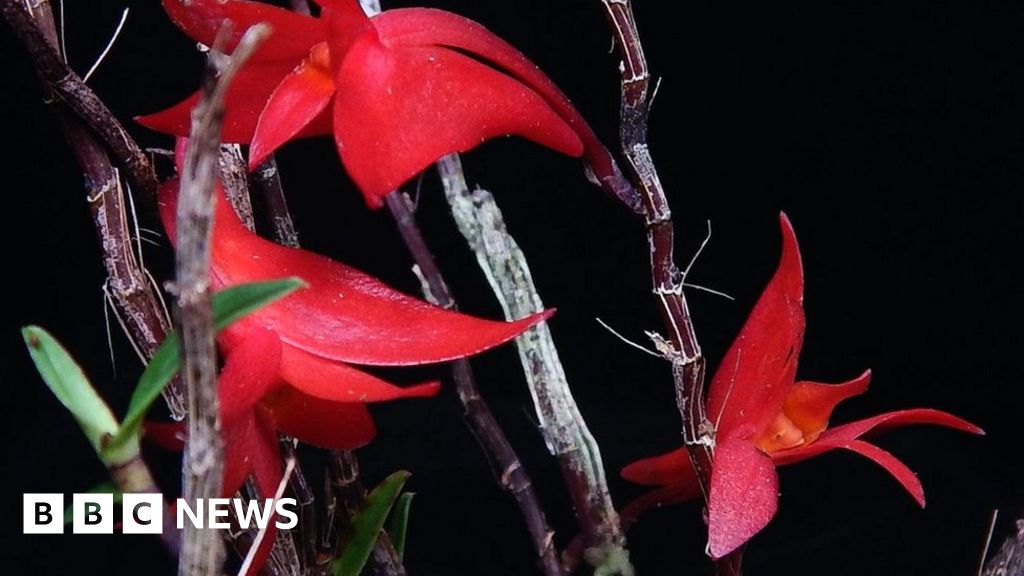From an underground “forest” to spectacular orchids, scientists at the Royal Botanic Gardens, Kew, discovered 74 new plants and 15 fungi last year.
Many of the mysterious species were found in unlikely places, such as on the top of a volcano or clinging to Antarctic rocks.
The new finds need immediate protection and at least one will probably already have been lost, the scientists say.
About three-quarters of undescribed plants are threatened with extinction.



This is the best summary I could come up with:
The top-10 species described as new to science in 2023 are a reminder of the beauty and wonder of the natural world - and a stark warning of the dangers of biodiversity loss and climate change, the researchers say.
Giving a species a scientific name was the first step towards putting protections in place and investigating potential uses for humanity, senior research leader Dr Martin Cheek said.
“The sheer sense of wonder when you realise that you’ve found a species that is totally unknown to the rest of the world’s scientists and in fact everyone else on the planet, in many cases, is what makes life living,” he told BBC News.
Among this incredible diversity “we are bound to discover new sources of food, medicines and other useful active compounds that can help us find nature-based solutions to some of the biggest challenges we face today,” Kew’s fungi expert, Dr Raquel Pino-Bodas, said.
The plant, with spectacular bright red flowers, was found living on the summit of Mount Nok - an extinct volcano on the Indonesian island of Waigeo.
Villagers have maintained pockets of forest where the bird lives, in turn safeguarding the habitat of the orchids, which sport pale translucent flowers.
The original article contains 570 words, the summary contains 202 words. Saved 65%. I’m a bot and I’m open source!